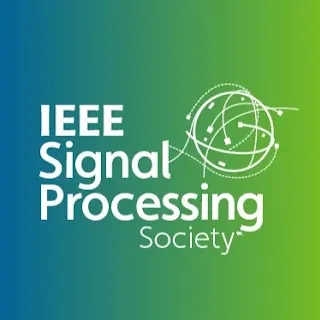AgentGraph: Toward Universal Dialogue Management With Structured Deep Reinforcement Learning
Dialogue policy plays an important role in task-oriented spoken dialogue systems. It determines how to respond to users. The recently proposed deep reinforcement learning (DRL) approaches have been used for policy optimization. However, these deep models are still challenging for two reasons: first, many DRL-based policies are not sample efficient; and second, most models do not have the capability of policy transfer between different domains.
